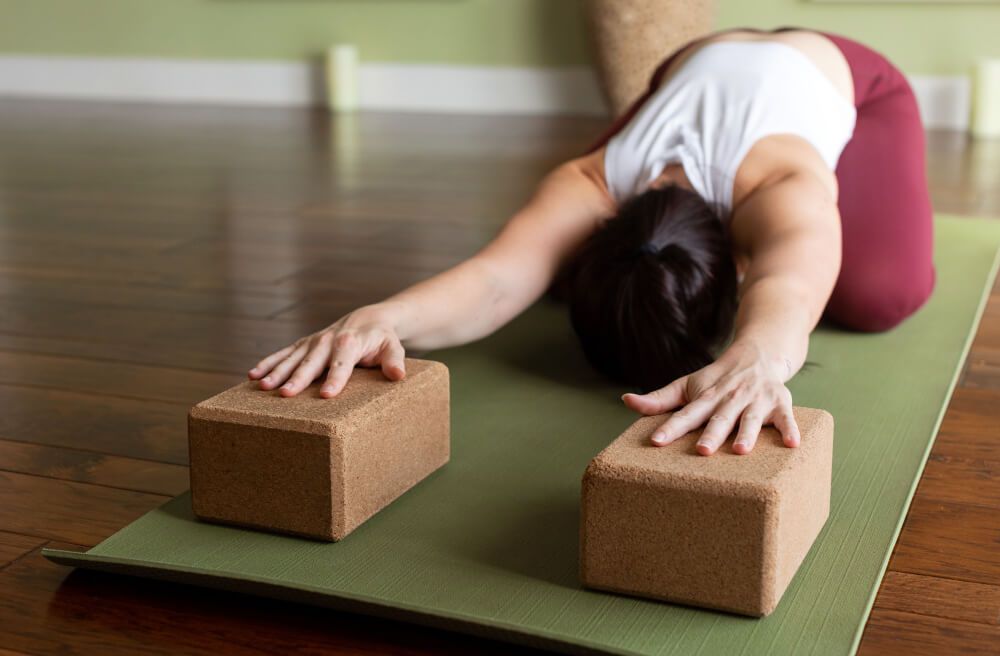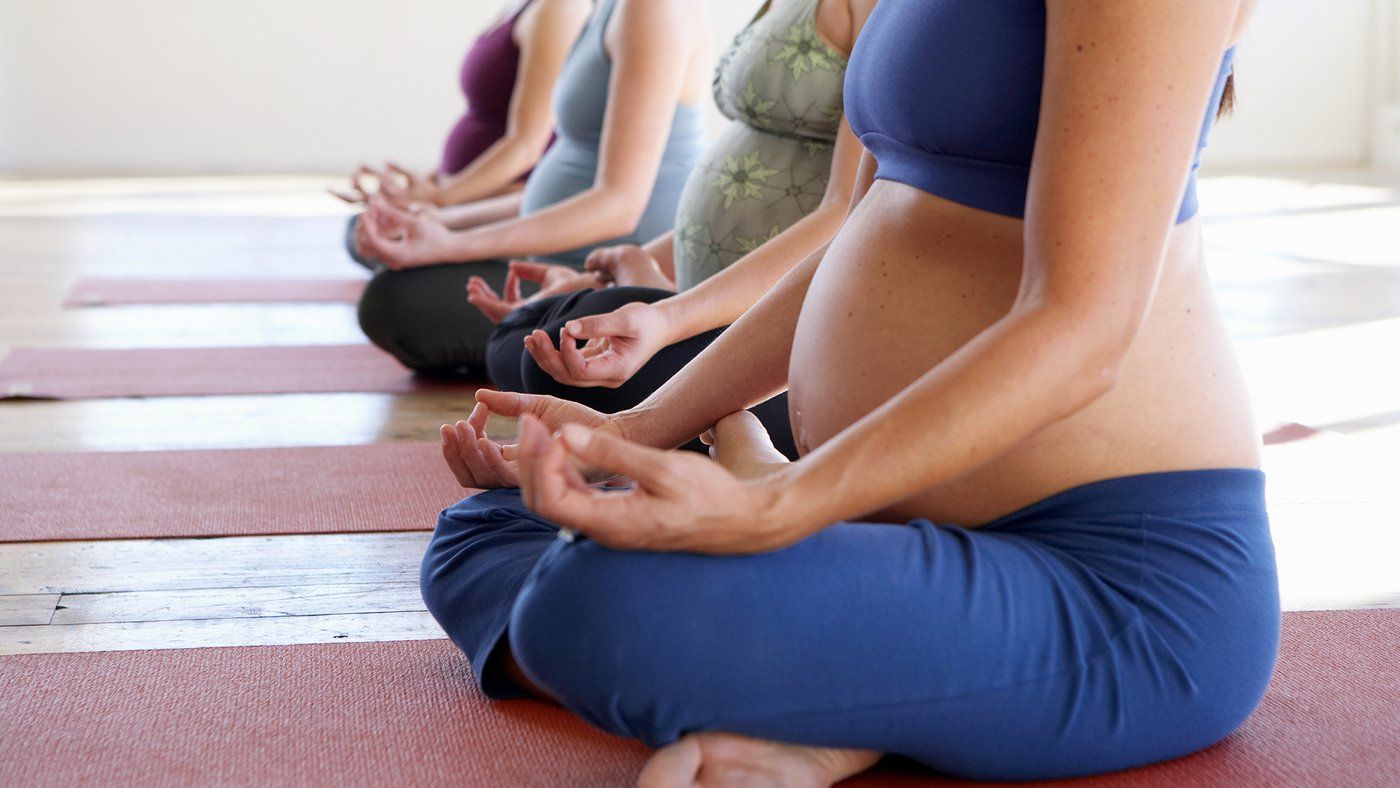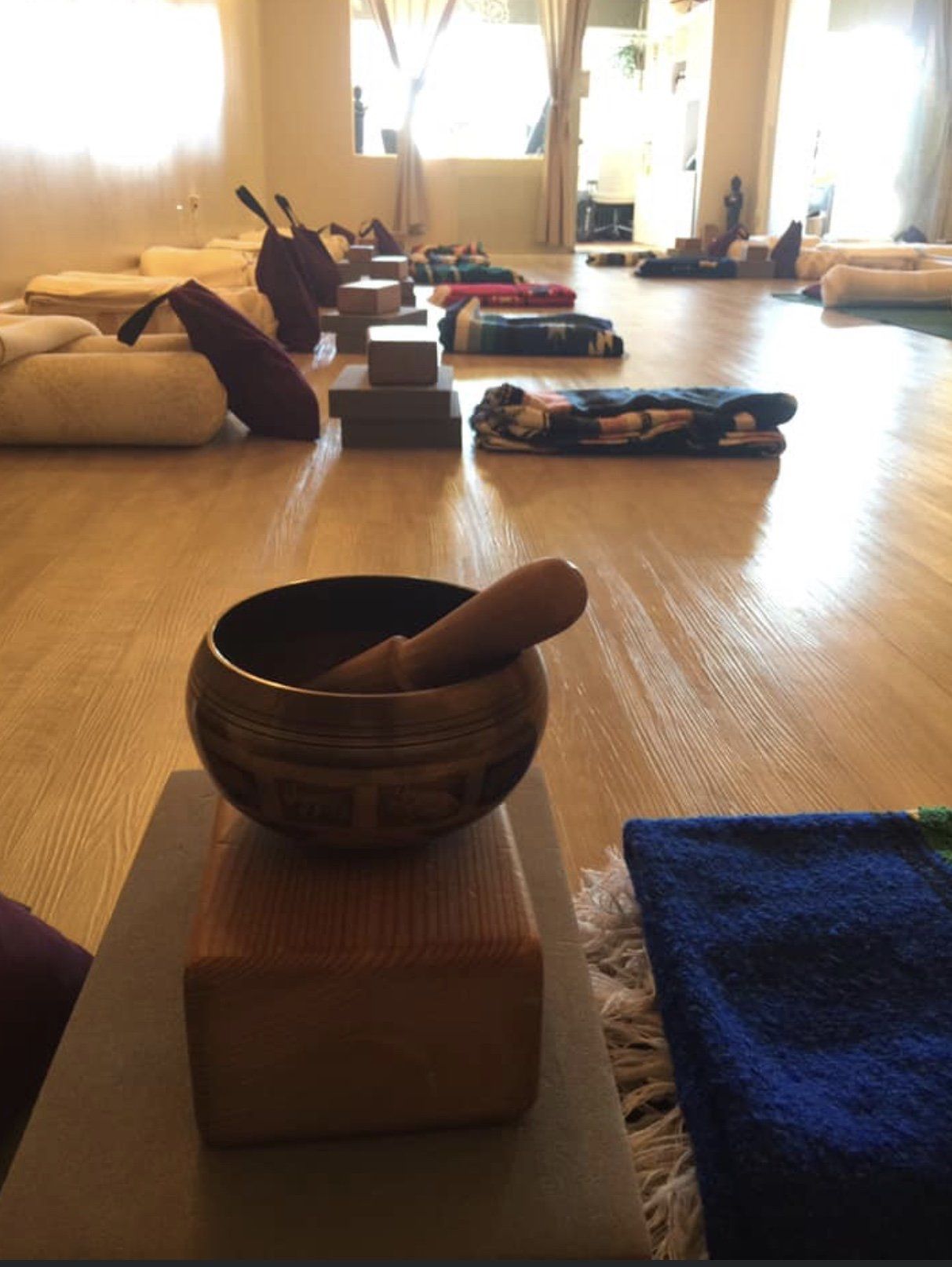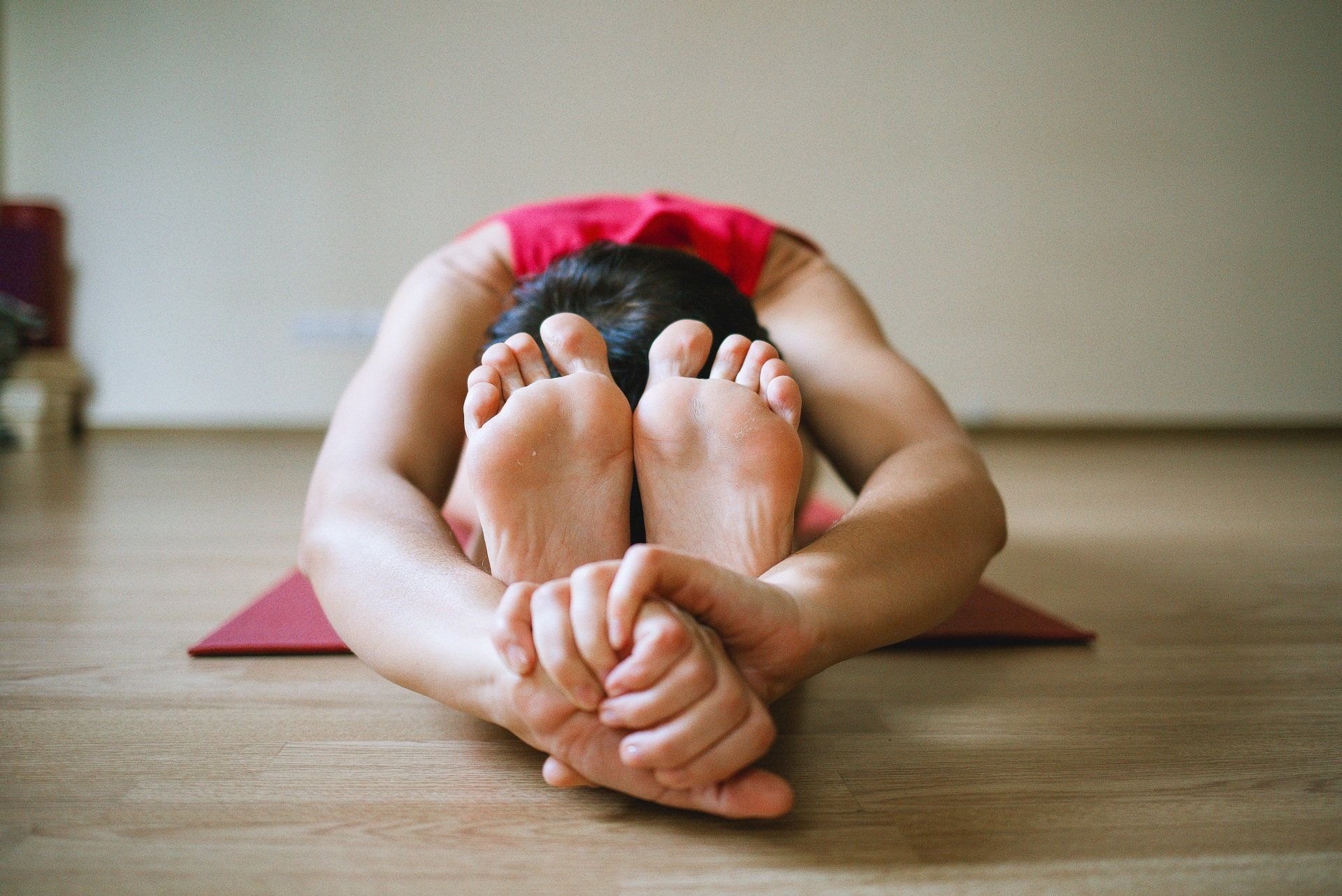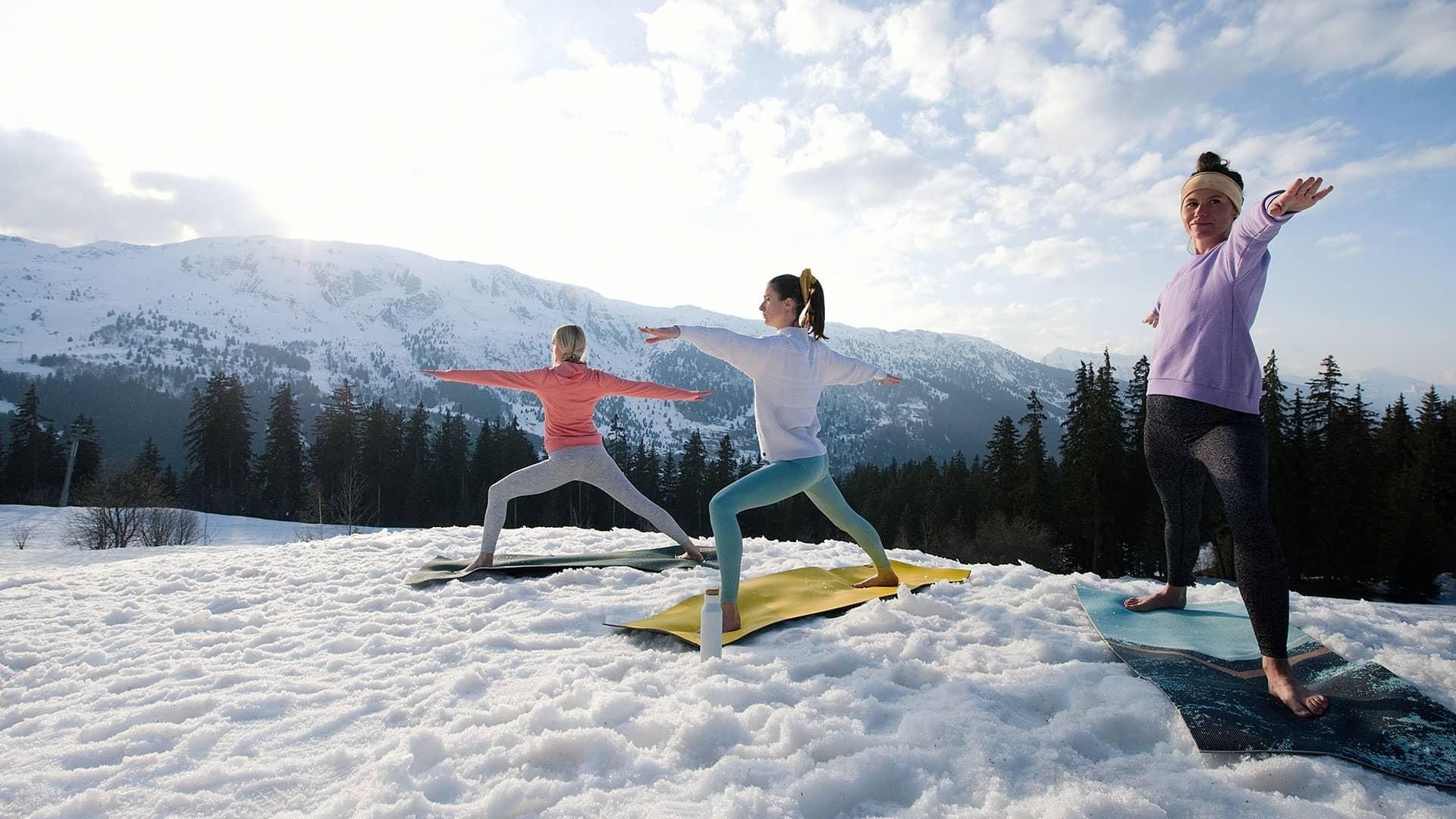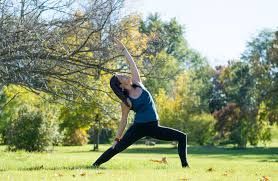The Meaning of "Namaste"
What does Namaste mean? Yoga Journal expert and teacher Aadil Palkhivala explains the meaning behind the term.
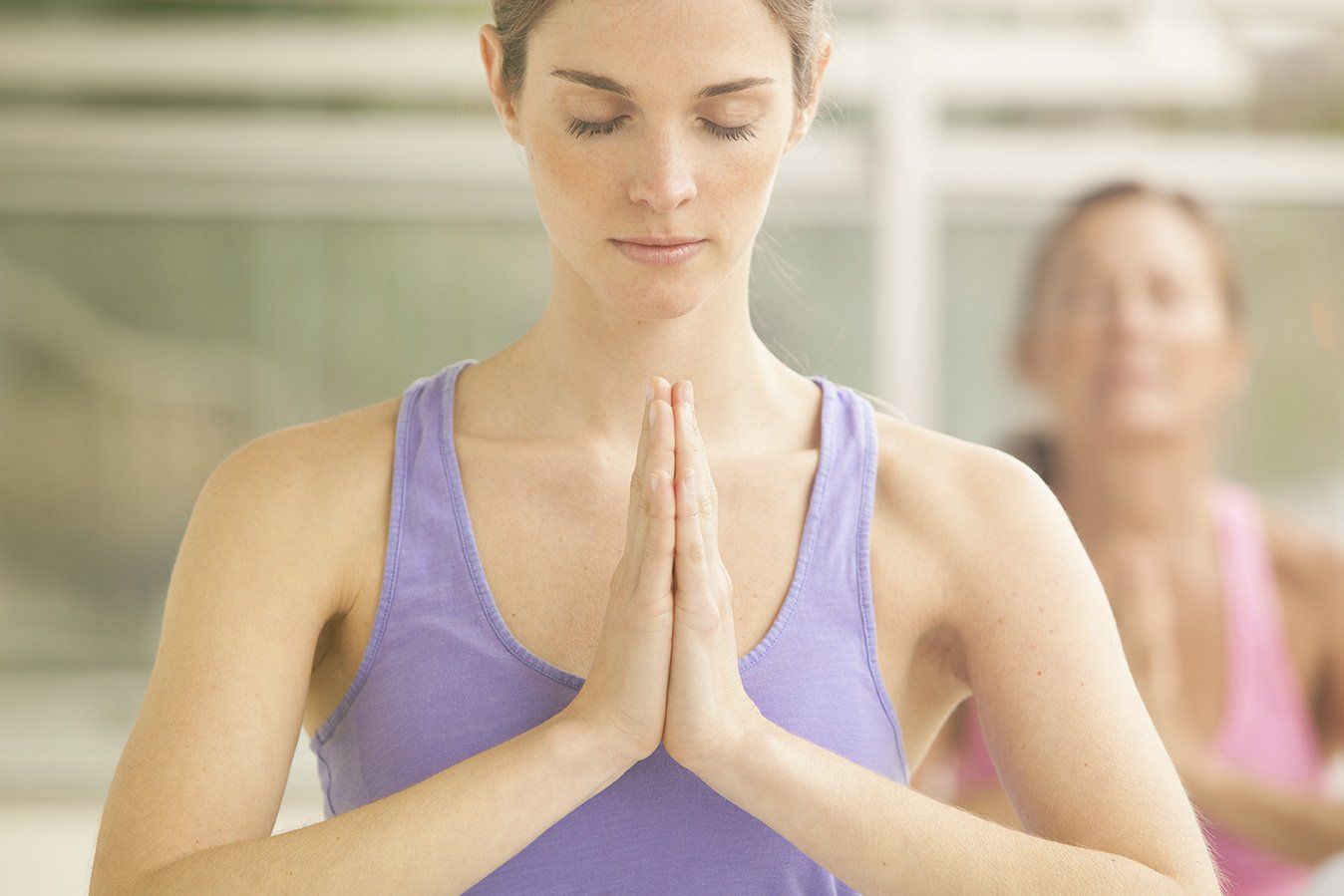
Question: So, what does Namaste mean, anyway?
My yoga teacher concludes every practice by saying "Namaste", and I've always wanted to know what it really means.
Answer: Yoga teacher Aadil Palkhivala Weighs In
The gesture Namaste represents the belief that there is a Divine spark within each of us that is located in the heart chakra. The gesture is an acknowledgment of the soul in one by the soul in another.
Definition of Namaste
Nama means bow, as means I, and te means you. Therefore, namaste literally means "bow me you" or "I bow to you."
How to make the Namaste gesture
To perform Namaste, we place the hands together at the heart chakra, close the eyes, and bow the head. It can also be done by placing the hands together in front of the third eye, bowing the head, and then bringing the hands down to the heart. This is an especially deep form of respect. Although in the West the word "namaste" is usually spoken in conjunction with the gesture, in India, it is understood that the gesture itself signifies Namaste, and therefore, it is unnecessary to say the word while bowing.We bring the hands together at the heart chakra to increase the flow of Divine love. Bowing the head and closing the eyes helps the mind surrender to the Divine in the heart. One can do Namaste to oneself as a meditation technique to go deeper inside the heart chakra; when done with someone else, it is also a beautiful, albeit quick, meditation.
For a teacher and student, Namaste allows two individuals to come together energetically to a place of connection and timelessness, free from the bonds of ego-connection. If it is done with deep feeling in the heart and with the mind surrendered, a deep union of spirits can blossom.
When to incorporate Namaste into your practice
Ideally, Namaste should be done both at the beginning and at the end of class. Usually, it is done at the end of class because the mind is less active and the energy in the room is more peaceful. The teacher initiates Namaste as a symbol of gratitude and respect toward her students and her own teachers and in return invites the students to connect with their lineage, thereby allowing the truth to flow—the truth that we are all one when we live from the heart.
ABOUT OUR EXPERT
Aadil Palkhivala began studying yoga at the age of seven with B.K.S. Iyengar and was introduced to Sri Aurobindo's yoga three years later. He received the Advanced Yoga Teacher's Certificate at the age of 22 and is the founder-director of the Alive and Shine
Center in Bellevue, Washington and The College of Purna Yoga. Aadil is also a Naturopath, a certified Ayurvedic Health Science Practitioner, a clinical hypnotherapist, a certified Shiatsu and Swedish bodywork therapist, a lawyer, and an internationally sponsored public speaker on the mind-body-energy connection.
Written by Rita Geno and published in Yoga Journal April 21, 2017. https://www.yogajournal.com/practice/the-meaning-of-quot-namaste-quot


